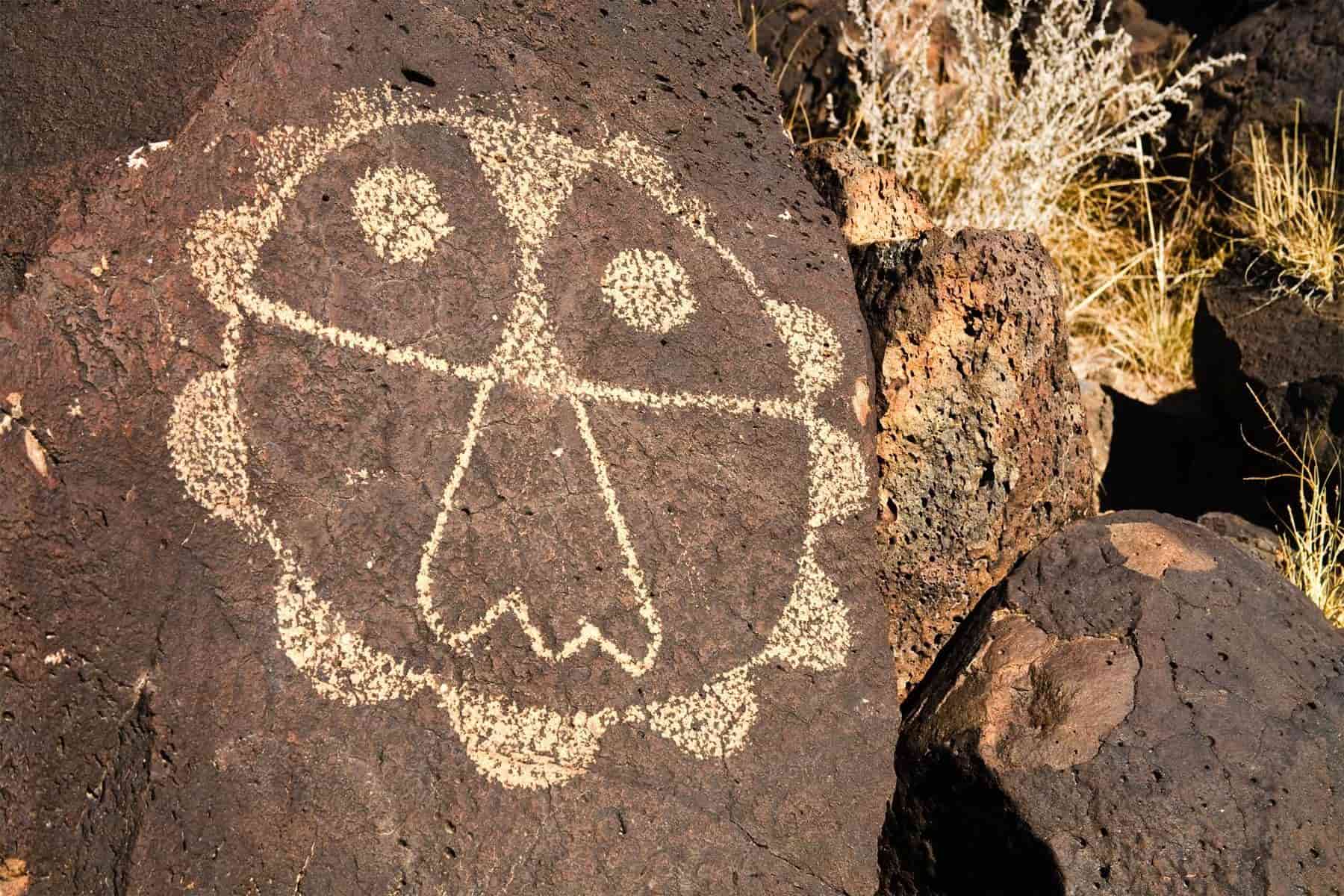Secrets Of New Mexico’s Desert Varnish Petroglyph Galleries

Have you ever wondered about the mysterious petroglyphs etched into the rocks of New Mexico's desert? These ancient carvings, known as desert varnish petroglyphs, offer a glimpse into the lives and beliefs of the region's early inhabitants. Created by removing the dark, mineral-rich coating on rock surfaces, these images reveal lighter rock beneath, forming intricate designs and symbols. From animals to abstract patterns, each petroglyph tells a unique story. Visiting these natural galleries feels like stepping back in time, connecting with artists from thousands of years ago. Ready to uncover the secrets of these ancient artworks? Let's dive in!
Discovering New Mexico's Desert Varnish Petroglyph Galleries
New Mexico's arid landscapes hide ancient secrets. Among these are the desert varnish petroglyph galleries, where rock art tells stories of past civilizations. These petroglyphs, etched into darkened rock surfaces, offer a glimpse into the lives and beliefs of the people who once roamed these lands. Let's explore some of the most fascinating sites.
1. Petroglyph National Monument
Located near Albuquerque, this monument boasts over 24,000 petroglyphs. The volcanic rocks here are adorned with images of animals, people, and symbols. A walk through the trails reveals a rich tapestry of ancient artistry.
- Boca Negra Canyon: This area features three main trails, each offering a unique view of the petroglyphs. The easy accessibility makes it a favorite for families.
- Rinconada Canyon: A longer trail that provides a more secluded experience. The petroglyphs here are less visited, offering a sense of discovery.
2. Three Rivers Petroglyph Site
Nestled in the Tularosa Basin, this site is home to over 21,000 petroglyphs. The images here are remarkably well-preserved, showcasing intricate designs and patterns.
- Main Trail: A 1.5-mile loop that takes you past thousands of petroglyphs. The trail is well-marked, making it easy to follow.
- Picnic Area: After exploring, relax in the shaded picnic area. The views of the surrounding mountains are breathtaking.
3. Chaco Culture National Historical Park
This UNESCO World Heritage Site is famous for its ancient ruins, but it also features impressive petroglyphs. The rock art here provides insight into the Chacoan culture.
- Pueblo Bonito: Near this great house, you'll find numerous petroglyphs depicting animals and celestial symbols.
- Petroglyph Trail: A short trail that offers a close-up view of the rock art. The trail is relatively easy, suitable for all ages.
4. Mesa Prieta Petroglyph Project
Located in the northern part of the state, this site is a treasure trove of rock art. The project aims to preserve and document the petroglyphs found here.
- Guided Tours: The best way to explore Mesa Prieta is through a guided tour. Knowledgeable guides provide context and history, enriching the experience.
- Self-Guided Tour: For those who prefer to explore at their own pace, self-guided tours are available. Maps and information are provided to help you navigate the site.
5. Petroglyph Hill
This lesser-known site near Las Cruces offers a more intimate experience. The petroglyphs here are scattered across a small hill, making it a perfect spot for a quiet exploration.
- Hilltop View: Climb to the top for a panoramic view of the surrounding desert. The petroglyphs are scattered along the way, rewarding your climb with ancient art.
- Quiet Trails: The trails here are less frequented, providing a peaceful environment to appreciate the petroglyphs.
6. La Cieneguilla Petroglyph Site
Just outside Santa Fe, this site features a variety of petroglyphs, including some depicting Spanish colonial influences. The mix of cultures is evident in the rock art.
- Main Trail: A moderate hike that takes you past numerous petroglyphs. The trail offers stunning views of the surrounding landscape.
- Historical Context: Interpretive signs along the trail provide information about the petroglyphs and the people who created them.
7. Dittert Site
Located in the El Malpais National Conservation Area, this site is known for its unique petroglyphs. The volcanic landscape adds to the mystique of the rock art.
- Lava Tubes: Explore the nearby lava tubes for an added adventure. The petroglyphs are often found near these geological features.
- Remote Location: The site’s remote nature means fewer visitors, allowing for a more personal experience with the petroglyphs.
8. Crow Canyon Archaeological Center
This site offers a blend of archaeology and rock art. The petroglyphs here are part of a larger archaeological study, providing a deeper understanding of the region's history.
- Educational Programs: Participate in programs that teach about the petroglyphs and the archaeological work being done.
- Interactive Tours: Engage with the site through interactive tours that offer hands-on experiences with the rock art and artifacts.
New Mexico's desert varnish petroglyph galleries are windows into the past. Each site offers a unique glimpse into the lives of ancient peoples, their art, and their stories.
Discovering New Mexico's Hidden Art
New Mexico's desert varnish petroglyphs offer a unique glimpse into ancient cultures. These rock carvings, etched into the darkened surfaces of rocks, tell stories of people who lived thousands of years ago. Visiting these sites, like Petroglyph National Monument or Three Rivers Petroglyph Site, provides a chance to connect with history in a tangible way. The intricate designs and symbols carved into the stone are not just art; they are messages from the past, waiting to be interpreted. Exploring these galleries can be a rewarding experience for anyone interested in history, archaeology, or simply the beauty of ancient art. So, next time you're in New Mexico, take some time to visit these incredible sites. You'll walk away with a deeper appreciation for the rich cultural heritage that has shaped this fascinating region.

